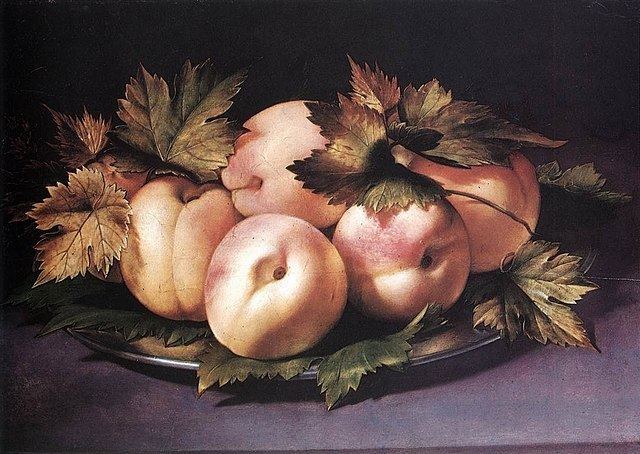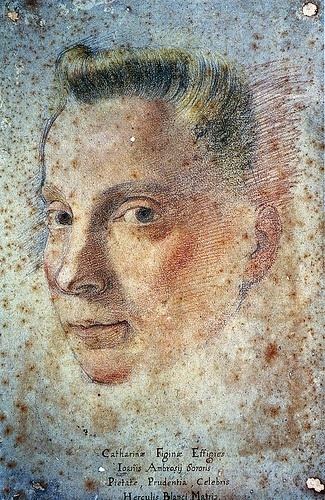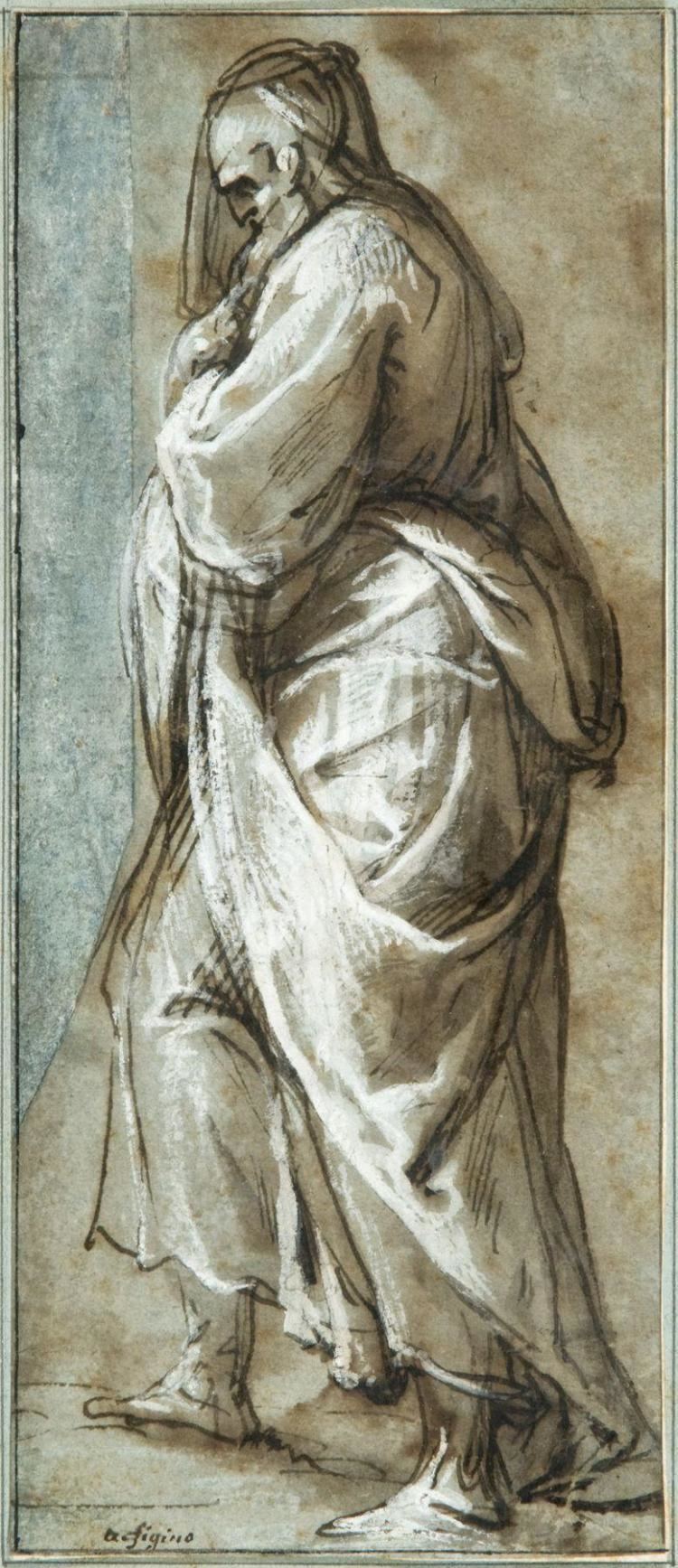Name Giovanni Figino | ||
 | ||
Died October 11, 1608, Milan, Italy | ||
Giovanni Ambrogio Figino (1548/1551 – 11 October 1608) was an Italian Renaissance painter from Milan.

Biography
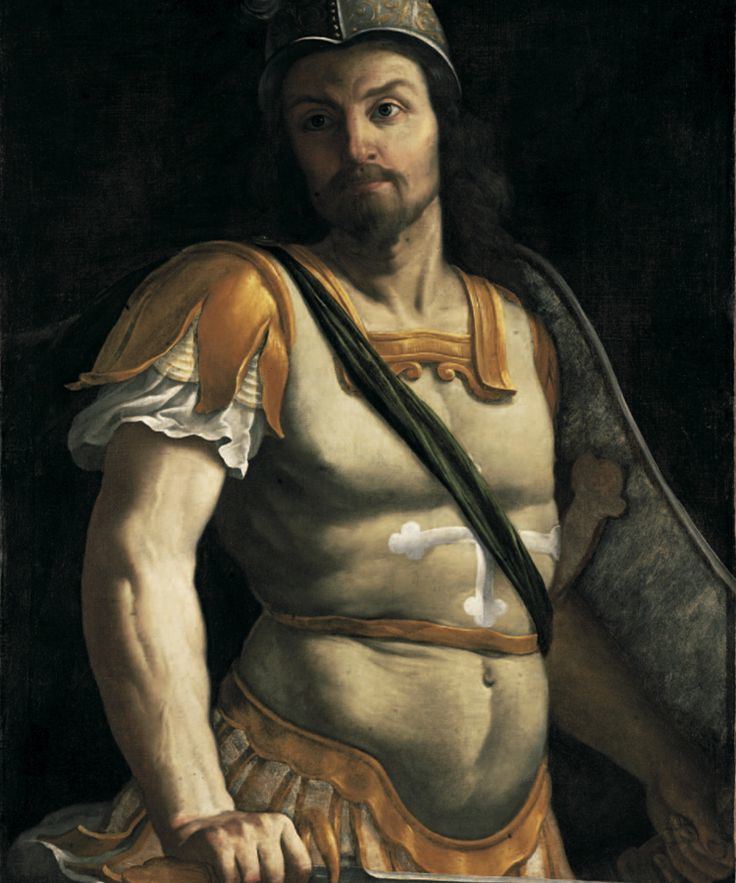
An important representative of the Lombard school of painting, he had been taught by Gian Paolo Lomazzo. Best known as a draftsman, he was also a skilled portrait painter. Among the few portraits that can be traced back to Figino, the portrait of Field Marshal Lucio Foppa is one of the best known.

On January 25, 2001, his Portrait of Giovanni Angelo was auctioned at Sotheby's for US$ $1,435,750; after a high estimate of US$ 180,000
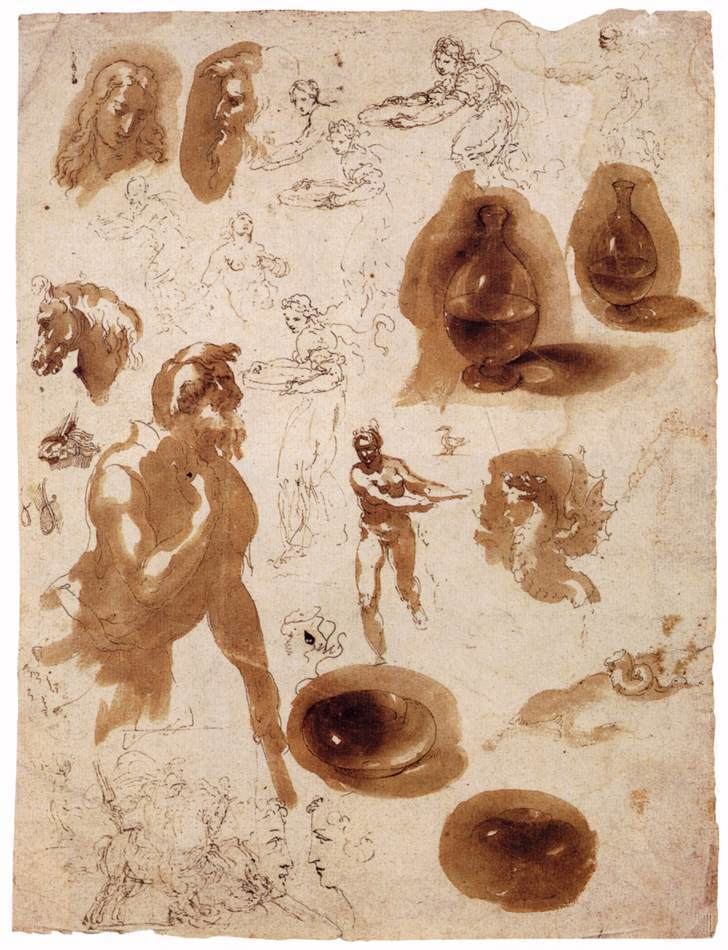
The organ shutters for the Cathedral of Milan were painted after 1590 by Ambrogio, Camillo Procaccini, and Giuseppe Meda, depicting the Passage of the Red Sea and the Ascencion of Christ. In the Castello Sforcesco there is a painting of his of Saint Ambrose expelling the Arians. A still life painting, a thematic uncommon among Italians of his day, of peaches is attributed to him He also painted in Milan an Immaculate conception for Sant'Antonio, and a Virgin with child, saints, and donors now at Brera Gallery.

